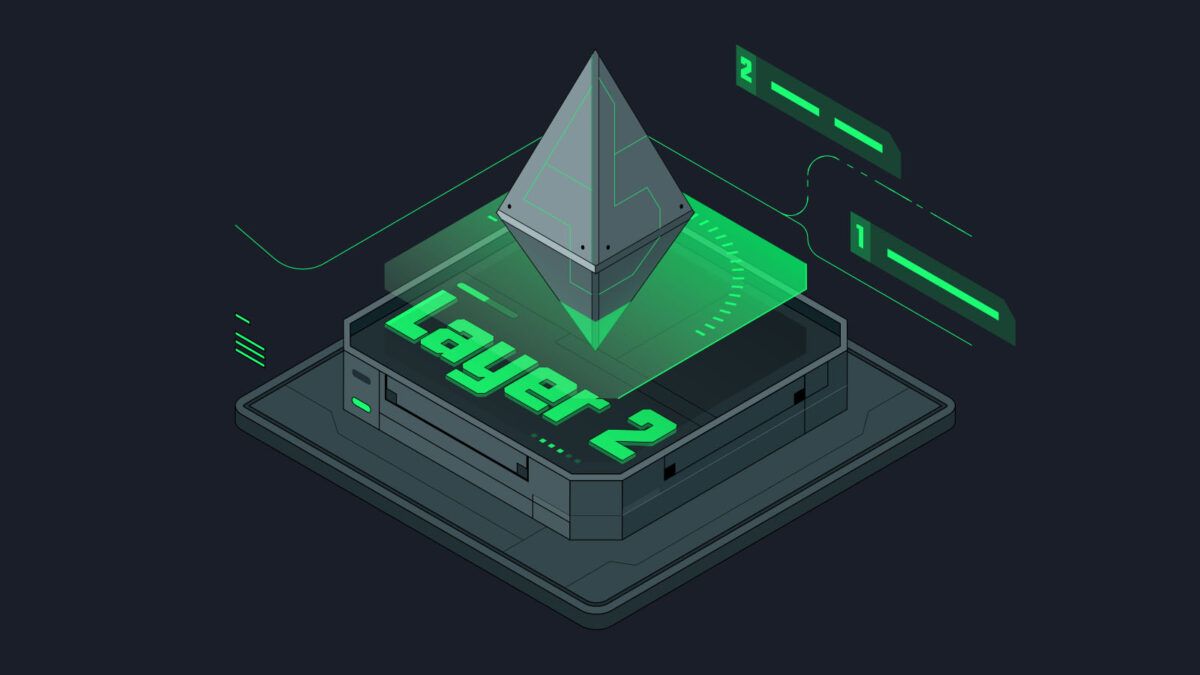Cryptocurrency innovations reshape layer 2 network capabilities by directly integrating new protocols, consensus mechanisms, and smart contract functionalities. These interactions create synergistic relationships where layer 2 infrastructure enhances innovation deployment while new technologies expand network utility beyond traditional transaction processing. binance meme coin projects increasingly leverage these innovations to achieve faster transaction speeds and reduced operational costs through specialized layer 2 implementations.
Innovation deployment strategies
Layer 2 networks provide testing environments for experimental cryptocurrency features before mainnet implementation. Developers deploy novel consensus algorithms, governance mechanisms, and token economics models on these networks to evaluate performance under real-world conditions. This approach reduces deployment risks while allowing rapid iteration cycles, accelerating innovation development timelines. Key deployment methods include:
- Rollup-based deployment enabling complex smart contract interactions at reduced costs
- Zero-knowledge proof implementations allowing private transactions and confidential execution
- State channel deployments facilitating instant microtransactions and gaming applications
- Experimental consensus testing without disrupting the primary chain stability
- Token economics validation through real user interaction data
Consensus mechanism adaptations
Layer 2 consensus mechanisms optimize for speed and efficiency while maintaining security guarantees inherited from underlying base chains. Proof-of-stake variations reduce energy consumption while enabling faster block production times that support high-frequency trading and real-time applications. Delegated consensus models allow community governance participation without requiring technical infrastructure maintenance. Consensus innovation features include:
- Hybrid consensus systems combining multiple validation methods for enhanced security
- Randomness beacons preventing predictable transaction ordering and front-running attacks
- Economic incentive structures rewarding honest validation and penalizing malicious behavior
- Fork resolution protocols maintain network integrity during temporary disagreements
- Validator rotation mechanisms ensuring decentralized participation across different periods
These adaptations create robust consensus frameworks supporting financial applications and complex decentralized autonomous organization governance systems.
Interoperability protocol development
Cross-chain communication protocols enable seamless asset transfers and data sharing between layer 2 networks and leading chains. Message passing systems facilitate complex multi-chain operations, coordinating actions across multiple blockchain environments. Atomic swap implementations allow trustless trading between cryptocurrency assets without centralized exchange intermediaries. Universal adapter frameworks standardize communication protocols across diverse blockchain architectures, enabling broad interoperability without custom integration requirements for each network connection. Using Oracle integration, smart contracts are triggered by real-world events and market conditions. Cross-chain governance systems allow token holders to participate in decisions affecting multiple connected networks simultaneously.
Scalability enhancement methods
Transaction batching technologies combine multiple operations into a single on-chain commitment, dramatically reducing per-transaction costs while maintaining individual transaction integrity. Layer 2 scalability innovations support massive user adoption by handling millions of transactions per second while maintaining decentralized operation principles. Enhanced scalability techniques include:
- Compression algorithms minimizing data storage requirements without compromising security
- Parallel processing capabilities enabling simultaneous execution of non-conflicting transactions
- State pruning techniques reduce storage by removing outdated transaction data
- Load balancing systems distribute network traffic across multiple processing nodes
- Dynamic fee adjustment mechanisms optimizing costs based on network demand
Binance meme coin ecosystems particularly benefit from these scalability improvements, as they often experience rapid user growth and high-frequency trading activity that demands robust infrastructure support. Layer 2 infrastructure provides the foundation for next-generation cryptocurrency features, including private transactions, instant settlements, and cross-chain interoperability. The continued evolution of this relationship will drive further innovation in decentralized finance and social applications that require high-performance blockchain infrastructure with low transaction costs and enhanced user experiences.
Related posts
Categories
Recent Posts
Advertisement


